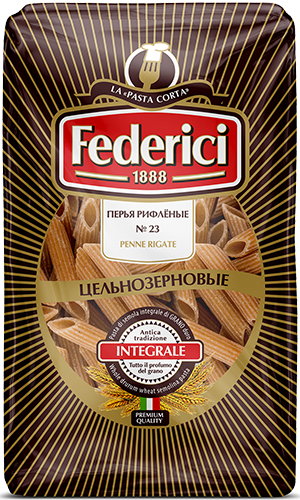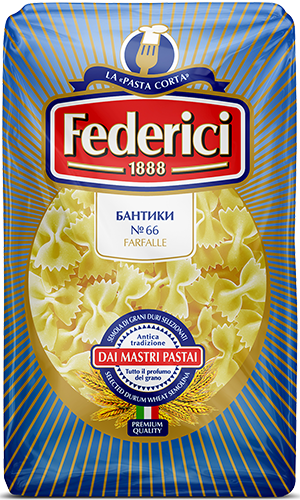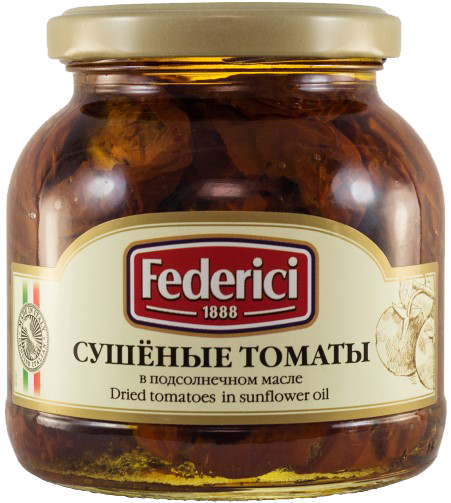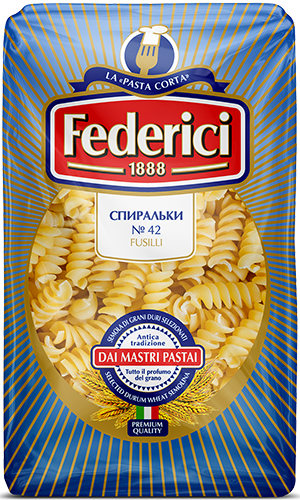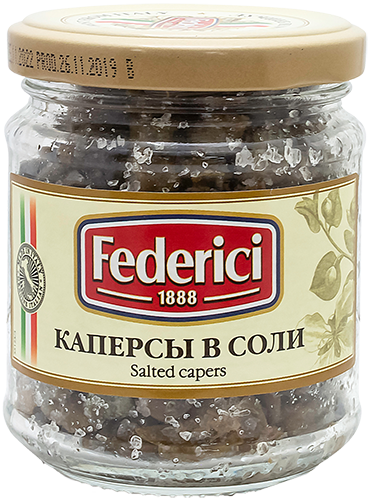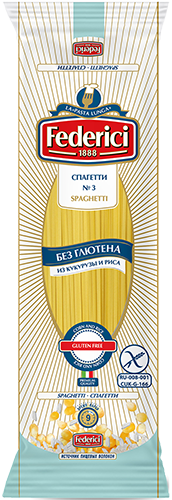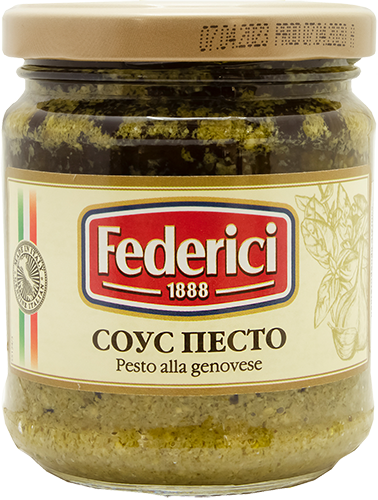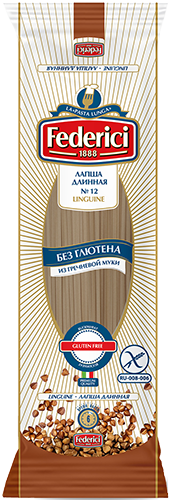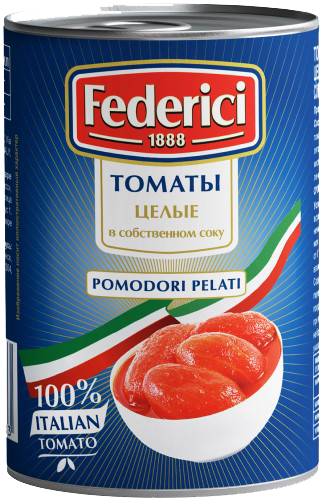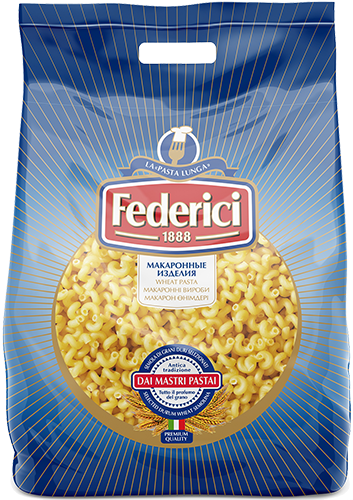


Gherkin is a term that refers to a variety of small-fruited cucumber known as Cucumis anguria. The name “gherkin” comes from the Dutch word “gurken,” meaning small pickled cucumber. These tiny cucumbers have a distinctive bumpy skin, are native to parts of Europe and Africa, and are grown outdoors.
Unlike regular cucumbers, they are picked unripe, giving these small fruits, no more than 4 cm long, a unique texture and flavor. Understanding the difference between a gherkin and a cucumber opens up a world of culinary possibilities. After laying the groundwork, we’ll delve into the unique characteristics of each cucumber variety, as well as their potential for creating unique dishes.
Gherkin vs. Cucumber – What’s the Difference?
A gherkin is a special type of pickled cucumber, often used as a condiment or eaten as a stand-alone snack after pickling. Among the most common varieties, gherkins from France are the most popular in gastronomy. They have a delicate, crisp texture and a distinctly spicy flavor.
What’s the difference between gherkins and cucumbers? There are several differences between gherkins and regular pickled cucumbers:
- Size – gherkins are smaller than regular pickled cucumbers; they are picked and pickled unripe, when they reach a length of 2-4 centimeters;
- Shape and texture – compared to pickled cucumbers, gherkins have a more uneven, bumpy texture. Gherkins are shaped like fingers and are crunchier than regular pickles;
- Taste – gherkins are usually seasoned with garlic and dill, but they can also be sweet. Herbs and spices, such as tarragon or pepper, are often added to the marinade of French gherkins. To pickle regular cucumbers, dill brine is used, while pepper, garlic, and coriander seeds are used as natural flavorings. Sweet pickled cucumbers, a common sandwich ingredient, are also available at the pickled vegetable market.
Both types of cucumbers are pickled in two ways. In the first, fermentation occurs naturally in a saltwater solution with added spices. The process is driven by a reaction between the sugars in the product and naturally occurring bacteria. The lactic acid produced during fermentation imparts a tangy flavor to the cucumbers.
The second method accelerates the pickling process by adding vinegar to the hot brine, which acts as a preservative, giving cucumbers and gherkins an extra piquant crunch. Although white vinegar is the most common, apple cider vinegar is sometimes substituted for it when pickling gherkins.
Uses and Culinary Applications
Having answered the question of how gherkins differ from cucumbers, we can consider the culinary applications they can be used to create. The distinct sizes, textures, and flavors of pickles and gherkins lend themselves to a variety of dishes. Gherkins, with their rich flavor, are commonly used as a garnish, topping for hamburgers and sandwiches, and as an ingredient in recipes such as potato salads and relishes. Their larger size and stronger flavor make them a bold addition to dishes.
Gherkins, with their milder flavor, are often used as an appetizer, served alongside cheese or meat. The size of these small cucumbers makes them an excellent choice for garnishing cocktails and appetizers. Gherkins are often used in traditional British and French dishes, and are also served with fish and chips. Gherkins are also included in pickled salads and can be served on their own.
In conclusion, although pickles and gherkins are both classified as pickled vegetables, there are distinct differences between them. Regular pickles are larger vegetables with a strong, pungent flavor. Gherkins are a smaller variety with a more delicate flavor. Knowing the difference between a gherkin and a cucumber can help you prepare traditional dishes or create your own signature dishes.
The choice between the two ultimately comes down to personal preference or the specific recipe. Whether you prefer the spiciness of pickles or the delicacy of a gherkin, both options make delicious and versatile additions to a wide range of dishes, adding variety and health to your diet.
Our products
Мы стремимся предложить Вам наилучший сервис при работе с нашим сайтом. Для этого мы собираем и храним информацию о Вашем посещении сайта. Так называемые cookies. Файлы cookies не собирают и не хранят никакую личную информацию о Вас. Используя этот сайт, Вы даете согласие на использование cookies. На данном этапе Вы можете отказаться от использования cookies, настроив необходимые параметры в своем браузере.
